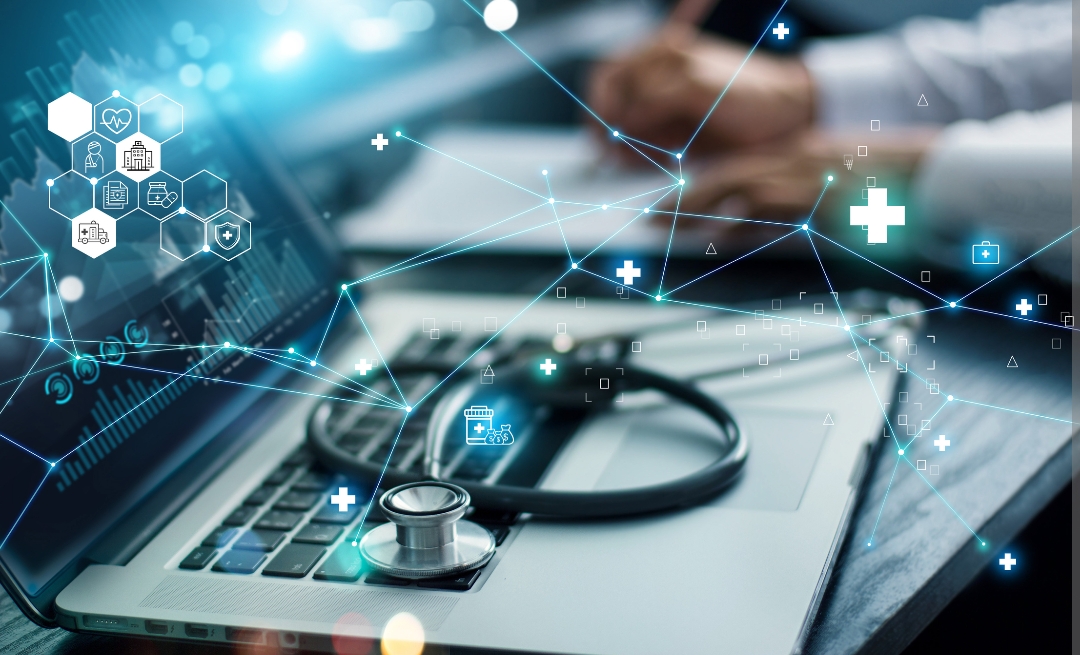



Pharmacovigilance Risk Management
Pharmacovigilance risk management is the scientific and systematic process of identifying, assessing, and mitigating the risks associated with the use of medicinal products. The goal of pharmacovigilance risk management is to ensure the benefits of a medicinal product outweigh its risks, and to minimize the likelihood of adverse events associated with its use.
A Risk Management Plan (RMP) is a stand-alone, multi-part document that is updated by the marketing authorization holder throughout the product lifecycle. The RMP reflects the actions needed to increase the knowledge on the safety profile of a medicinal product and describes risk minimization measures (RMMs). The RMP aims that the risks of drugs are evaluated at regular intervals or in response to the progress of post-marketing surveillance and a set of pharmacovigilance activities to minimize the risks of drugs. Sharing the published information among medical professionals is meant to ensure further enhancements of post-marketing safety measures.
Regulatory RMP requirements vary across the different world regions or authorities and there is not one set of requirements that is applicable for all the regions worldwide. Despite the different RMP format being used, risk minimization measures (RMMs) are always required to optimize the safe and effective use of a medicinal product throughout its lifecycle. In the EU, additional RMMs appear to be a more frequently utilized risk management tool when compared to direct healthcare professional communications (DHPCs) and overall, antineoplastic and immunomodulating agents required additional RMMs most frequently.
With over 15+ years experience, our PV team has helped several pharma and medical device companies for safety risk management with the following capabilities:
- Preparing RMPs for companies at the time of applying for a marketing authorisation
- Drafting and maintaining the RMP in the format mandated as per latest regulatory guidelines
- Identification of safety concerns in the initial RMP submission
- Identifying new safety concerns and reclassification with a submission of an updated RMP
- Preparing proactive Risk Minimization Action Plans (RiskMAPs) for Approved Products
- Applying latest methods for Risk minimisation measures per QPPV and LPPV guidance

How We Can Help
At Techsol, our expert team of PV Experts have an extensive experience in formulating pharmacovigilance risk management of medicinal products, and helps to ensure their safe and effective use.
Following are the key focus areas where our team has the expertise to deliver high-quality services throughout the drug / device development lifecycle as per applicable regulatory guidelines:
1. Preparing Safety Specifications
> Preparing a summary of the important identified risks of a drug, important potential risks, and important missing information using non-clinical and clinical safety findings.
2. Risk Identification & Assessment
> Evaluating safety data collected from various sources and determining the likelihood and severity of potential risks associated with the use of the medicinal product.
3. Risk Minimization
> Implementing measures to minimize the likelihood and severity of adverse events, such as changes to the product labeling, prescription guidelines, or risk communication strategies.
Pharmacovigilance Risk Management
4. Risk Communication
Communicate safety information throughout the risk management process that is vital to promote the rational, safe and effective use of medicines in line with the objectives of pharmacovigilance.
5. Risk Mitigation
Implementing measures to minimize the likelihood and severity of adverse events, such as changes to the product labeling, prescription guidelines, or risk communication strategies as per regulatory requirements.
6. Risk Monitoring and Reporting
> Perform ongoing safety profile monitoring across medicinal products and re-evaluate risks as new data becomes available. Timely report important findings to regulatory agencies.
How We Perform Pharmacovigilance Risk Management |
||
| RISK DETECTION AND ASSESSMENT | Identify the risks | Analyze outcomes of Preclinical studies and identify safety concerns |
| Consolidate safety isssues reported in clinical trials & perform meta-analyses | ||
| Compile safety information from mortality and morbidity studies | ||
| Understand the risk | Case definition and case assessment | |
| Perform Case series analysis | ||
| Provide Clear description in product labels and package inserts | ||
| Monitor the risk | Draft and execute Post marketing surveillance | |
| Perform Safety Data analysis for signal management | ||
| Prospective cohort studies and registries (to study potentially rare but important risks where risk identification or product attribution is difficult) | ||
| RISK MINIMISATION AND COMMUNICATION | Communicate the risk | Advice in label (not enough to communicate specific risk minimisation activities or change behaviours) |
| Partnership with regulators | ||
| Education of physicians, patients, company staff | ||
| Act to reduce the risk | Limited distribution | |
| Limited prescribing rights | ||
| Contra-indicate for certain groups, indications, routes of administration |
||
| Advice for high risk groups | ||
| Measure outcome of interventions | ||



